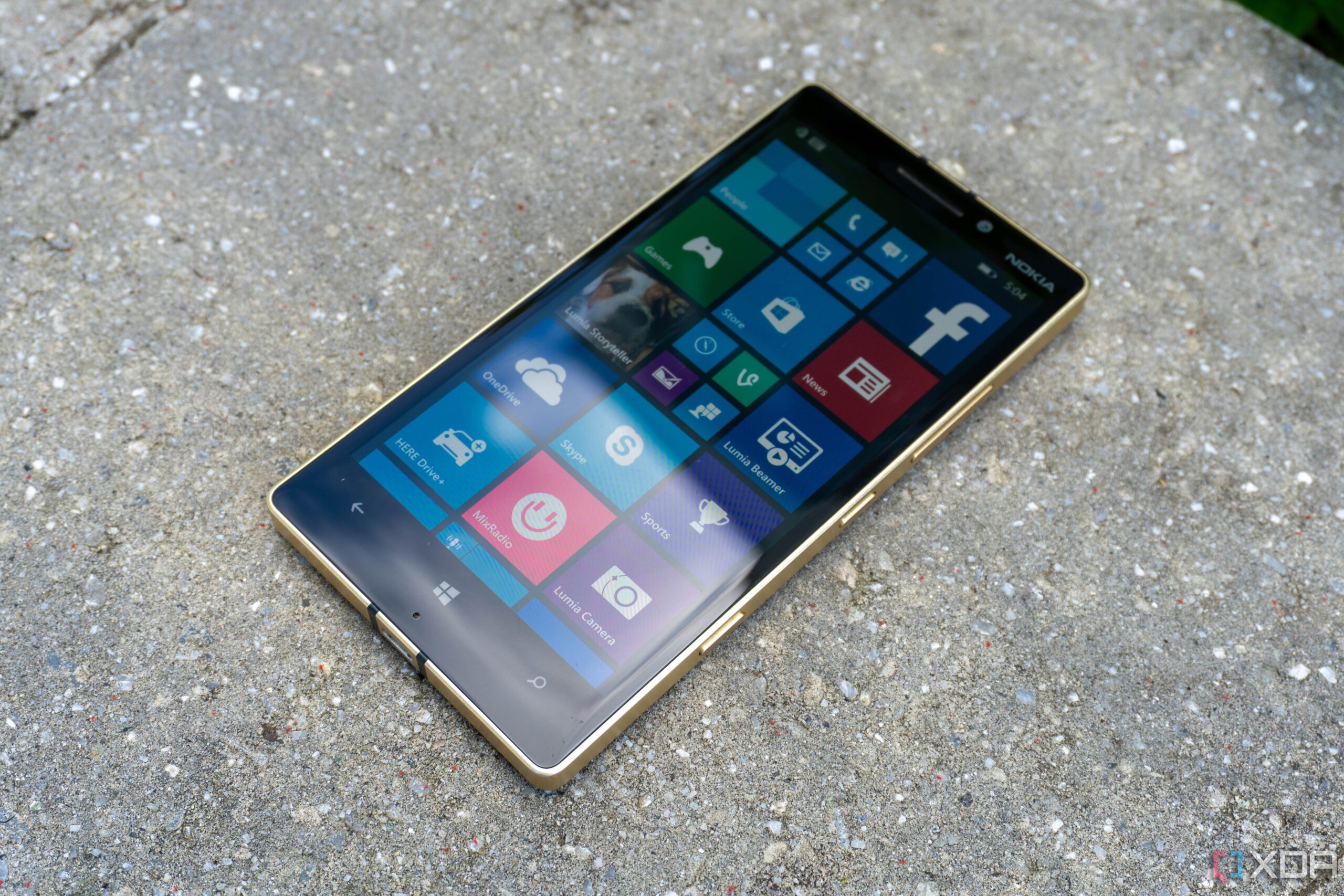Microsoft has a history of discontinuing tech products that once held great promise. This piece looks at five such devices that, with a bit more effort, could have made a big impact.
- The Microsoft Kin failed due to high data plan costs and poor app support.
- Xbox Kinect was initially popular, but limited functionality and privacy concerns led to its downfall.
- Surface Neo never made it past development despite its innovative design and features.
- Microsoft Zune couldn’t compete with the iPod due to its late entry into the market.
- The Lumia series struggled due to a lack of apps and support, despite a promising start.
The Microsoft Kin was a project that seemed doomed from the start. Initially released in 2010, these devices, the Kin ONE and TWO, were priced reasonably at $50 and $100. However, Verizon’s mandatory two-year data contract added a hefty $1,680 over two years. This high cost, coupled with poor app support, led to the Kin’s early demise. Despite attempts to revive it with a second generation, the damage was done, and the Kin was discontinued by 2011.
The Xbox Kinect had a promising start with its 2010 release for the Xbox 360, featuring motion tracking and voice recognition. Meanwhile, the excitement didn’t last as users found limited functionality and lack of supporting game titles. The next-gen Kinect, bundled with every Xbox One, raised privacy concerns and increased the console’s cost. Therefore, by 2016, the market for Kinect had diminished, leading to its quiet exit from the gaming scene by 2023.
The Surface Neo, announced in October 2019, showcased a foldable design with two 9-inch displays turning into a 13-inch screen. It was innovative, combining a Bluetooth keyboard and a custom OS called Windows 10X. However, it never reached consumers due to the cancellation of Windows 10X, with Microsoft shifting focus to the Surface Duo instead.
Microsoft Zune was launched five years after Apple’s iPod, in an attempt to capture the MP3 player market. Despite having a larger screen and cleaner UI, the Zune couldn’t compete with the established iPod. The entire MP3 player market declined after the iPhone’s release, and Zune was discontinued by October 2011, marking the end of Microsoft’s venture into portable media players.
The Lumia series, born from a partnership between Microsoft and Nokia in 2011, aimed to introduce Windows Phone OS. However, the OS lacked app support, making it hard for users to switch from Android or iOS. Despite good price-to-performance ratios, consumer preference for iOS and Android led to the Lumia’s decline. By 2017, Microsoft stopped producing new smartphone hardware, and Windows 10 Mobile reached its end in January 2020.
Despite their potential, these Microsoft devices faced early discontinuation due to various challenges.
Source: Xda-developers – Youtube


